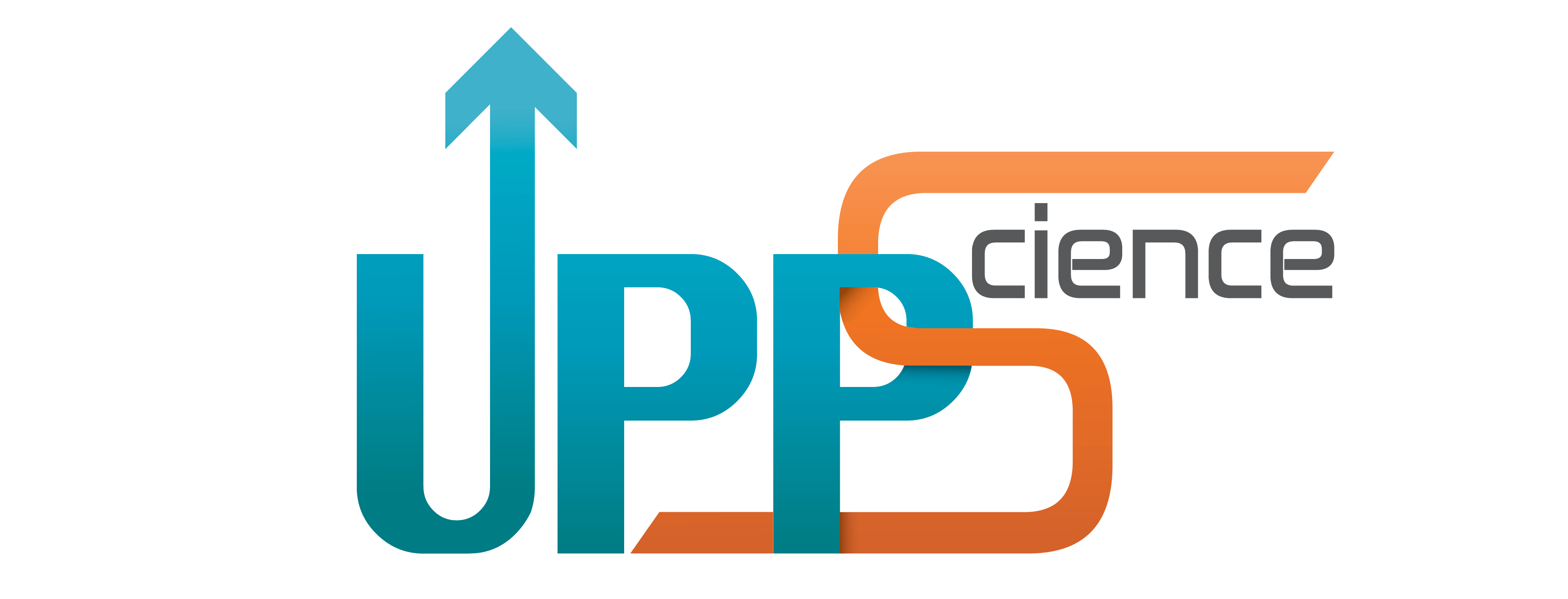VISConti Definitions
The following terms are defined with reference to the VISConti project. These terms were identified as the most relevant to the project and hence attempt to provide a solid foundation for further activities. The definitions were gathered through extensive research of relevant literature and are referenced accordingly. While some definitions and terms required specific academic literature, others were obtained through mainstream sources.
- Cooperation / collaboration / geniality / inclusion – working together to achieve a common goal through sociable and affable liaison.
- Idea generation – the process of coming up with a number of ideas which are relevant to the context. When ideas are being brought up, criticism and judgement are temporarily suspended to allow for a sufficient quantity of original concepts. This is a pre-requisite for creativity to flourish. (1)
- Valorization – the added value to the society as a result of successful innovation.
- Viability – the presence of potential for valorization of a particular concept. (2)
- Innovation – the process of implementing a change to the present setting, i.e. introducing something new to the context. This process generally takes place as a consequence of creativity and is concerned with the actual activity of bringing the change about. (3)
- Concept / idea – a potential proposition, which may be an abstract notion or a hypothesis which a person is able to form. Furthermore, an idea can also present itself as a solution to a particular problem. (4)
- Project – a venture which outlines and oversees the process of achieving a particular goal. Usually, a project begins with idea generation and ends in successful implementation of the proposed concept.
- Invention – the formulation of an idea or concept into concrete forms and contexts; involves designing and constructing the initial idea into an appropriate solution to the given situation.
- Creativity – the production of new and useful ideas; these should have an element of originality and uniqueness, whilst simultaneously being relevant to the context. (5)
- Transfer – the process or act of relocating or converting a feature into a different location or a different form.
- Process – a consequential action which is required for any particular act to occur. A process may be mental (that is, concerning the mind), or physical (that is, concerning concrete subjects).
- Imagination – a mental capacity which allows a person to form vivid, new and unique images and representations of concepts. Imagination is a key pre-requisite idea generation and consequent creativity. (6)
- Novelty / originality – the characteristic of being new and in some way unique. The level of novelty ranges from a miniscule original element to a revolutionary new feature. Novelty or originality are components necessary for creativity. (7)
- Surprise – an unexpected or shocking element which leads to the astonishment of the person subjected to it.
- Clarity – the characteristic of being concise and coherent; however, clarity does not eliminate complexity or abstractness.
- Intentional learning – the act of learning which enables the person to consciously develop an approach to aim, review and improve work, thereby increasing the effectiveness of learning outcomes. (8)
- Disruption – dramatic changes to the status quo which are brought about by successful innovation.
Sources:
(1) Isaken, 1998 (2) Mumford, 2012 (3) Hennessey & Amabile, 2010; Runco, 2004 (4) Mumford, 2012 (5) O'Sullivan & Dooley, 2008; King & West, 1987 (6) Mumford, 2012 (7) Mumford, 2012 (8) Bennett, 2011





